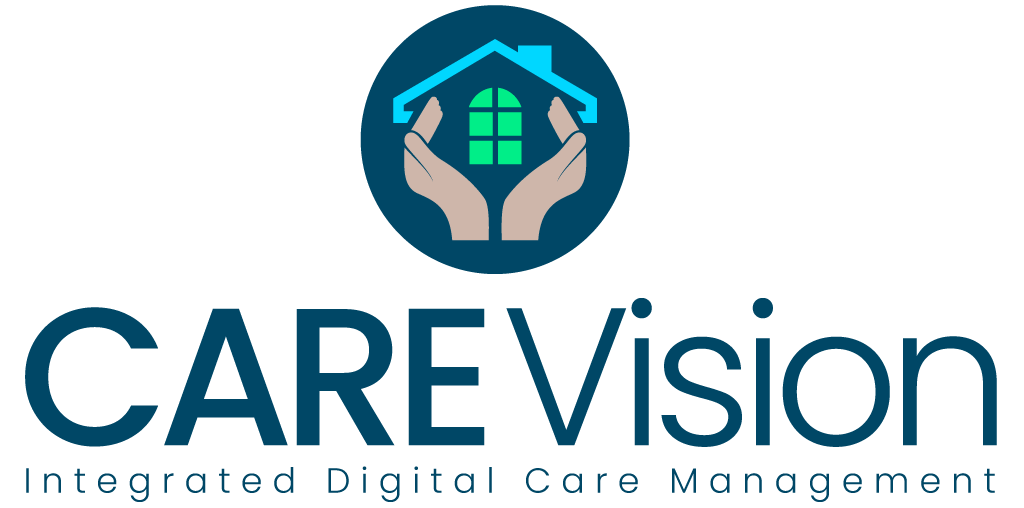Care homes have been battling staffing issues for well over a decade, but the Covid-19 pandemic has seen this problem balloon in size. The National Care Forum have found that not-for-profit care homes are running on a reduced staff rate of 30%.
The pandemic created devastating losses all throughout the health sector, with the care sector suffering the most. Residents of care homes were extremely vulnerable to the effects of the pandemic, and this vulnerability was extended to their care providers.
Many became ill and tragically; many did not recover. Some were unable to return to work, and others could simply not continue after the devastating effects on the mental health of care workers.
The implications of this on the care sector and those receiving care were astronomical. Residents could potentially receive a lesser standard of care as fewer staff means that those that remain are stretched thinner and unable to distribute their attention as easily. This has the potential to increase communication issues and error margins.
The backbone of the care sector is its work force, and as such, it is essential that they are taken care of and not overloaded. Care home managers may alleviate some of this burden by transferring some care management needs over to a digital system. Automating many of the day-to-day processes of care provision allows staff to better prioritise their duties and reduces care risks for both residents and staff.
Reduced Workload
Care staff are in dire need of some relief after the events of the previous two years, and many are suffering from burnout – a major contributor to the staffing crisis today.
Digital Care Management Systems are one of the best tools available to help alleviate the burden that care home staff are already facing. These systems streamline all of the work required by care givers and all these processes are done in real time.
Care providers can administer medication and update the required information simultaneously, which will then make its way to the necessary personnel instantaneously. For example, any new dietary requirements or changes will then be fully available for the chef.
The ease with which staff can update and pass on information reduces the workload and decomplicates communication. This has long term effects on the usual workload too, as the need to redo forms or write up reports of any resulting incidents drops dramatically.
Real Time Care Provision
Digital Care Management systems allow managers to keep a bird’s eye view of everything that goes on within the care home. With all of this seamlessly compiled data, a care home manager will have access to the history of every resident and will be able to generate daily, weekly and monthly reports on the management of their care home.
This real-time data contributes to the up-to-date organisation of the care home as the manager can update procedures for health and safety, medical care and general care provision with ease, relieving care staff of more arduous paperwork and extra procedures while they are working.
It also means that any incidents that do occur within a home are dealt with swiftly, efficiently, and safely.
Better Accessibility
Ensuring that any care management system is accessible to staff, digital or not, is essential. If current and prospective care workers are unable to operate a care system, then this will narrow the net when finding employable care staff.
A digital management system could potentially require less training and allow managers to cast a wider net in order to fill those gaps. Processes as simple as administering medication become vastly more difficult because of an over complicated system.
Transferring MAR forms to E-MAR forms is much easier and is one of the many aspects of care work that can be simplified and made far more accessible for new and long-standing members of staff, as well as saving time.
Making a system more accessible to residents and relatives also saves time for care workers. Digital Care Management Systems reduce the need for care workers to update relatives personally. The time that is freed up with the simplification of this process means that care staff have more time to focus on more detrimental updates and provide are more human element to their care.
Running a care home requires so much work, and a great deal of this is undertaken by the primary labour force, those who were placed on the front lines during the initial stages of the pandemic. Any source of relief for care home staff can not be underestimated and digital care management is an integral one. Communication is made much easier and reduces any margin for error.
Finally, digital care management systems create access for everybody, from new trainee staff to relatives. Residents are able to maintain independence and staff can continue with other aspects of their work while relatives can offer their support. Digital care management systems offer much needed support to the care sector workforce and so it is important to choose the right one. It is imperative to ensure that a system employed by a care home offers all of these solutions if they are to offer all of the right support to their staff.





